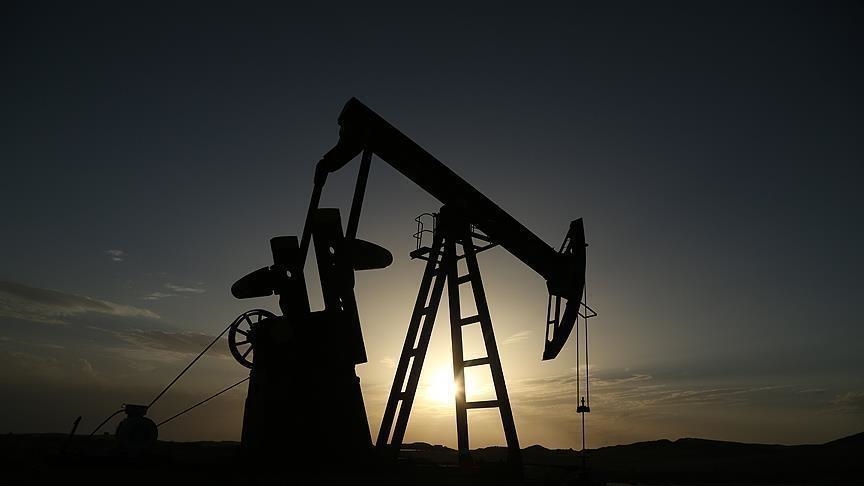ANKARA
Oil prices saw slight declines during a mostly steady trading session early Wednesday due to conflicting supply and demand concerns stemming from a projected massive surge in US crude oil inventories and the upcoming OPEC+ meeting, at which major oil-producing countries will decide whether to continue, stop, or add more output cuts.
International benchmark crude Brent traded at $82.31 per barrel at 10.09 a.m. local time (0709 GMT), a 0.17% fall from the closing price of $82.45 a barrel in the previous trading session on Tuesday.
The American benchmark, West Texas Intermediate (WTI), traded at the same time at $77.64 per barrel, down 0.16% from Tuesday’s close of $82.45 per barrel.
A hefty build in US crude oil inventories fueled price downticks, reflecting a slowdown in demand in the world’s top oil consumer.
According to estimates by the American Petroleum Institute (API) on Tuesday, US commercial crude oil inventories fell more than 9 million barrels last week, against the market expectation of a rise of around 1.5 million barrels.
Investors are now focused on the OPEC+ meeting on Sunday, when Saudi Arabia and Russia are due to announce their fresh production schemes.
Saudi Arabia has two major ongoing output cuts: 500,000 barrels per day (bpd) in May and 1 million bpd in June. These are on top of the existing OPEC+ cuts of 2 million bpd in place since October 2022.
Russia agreed to undertake two separate oil supply reductions, comprising a cut of 500,000 bpd in April, which will extend until the end of 2024, and an export reduction of 300,000 bpd until the end of this year.
“While market consensus suggests Saudi Arabia and Russia will be extending their voluntary cuts into 2024, any further cuts by other members will hold the key to future prices,” Daniel Hynes, a commodity strategist at Australia and New Zealand Banking Group, told Anadolu in an e-mailed note.
Hynes also noted that another group member, the United Arab Emirates (UAE), is set to boost production by 135,000 bpd to 3.07 million bpd in 2024.

